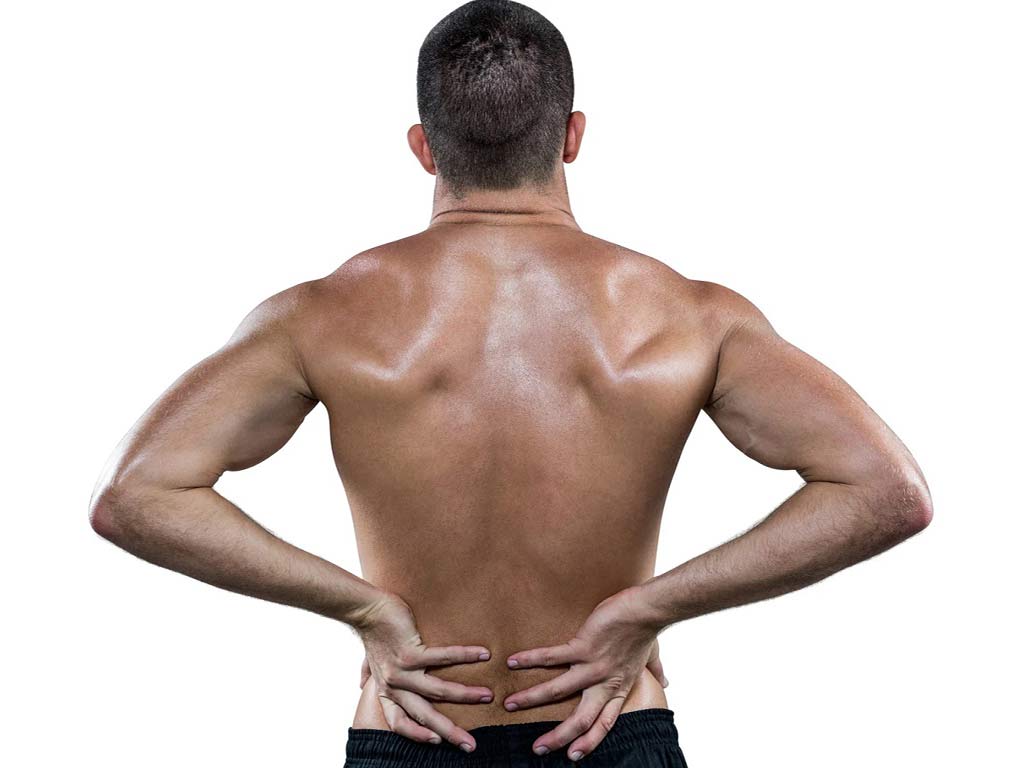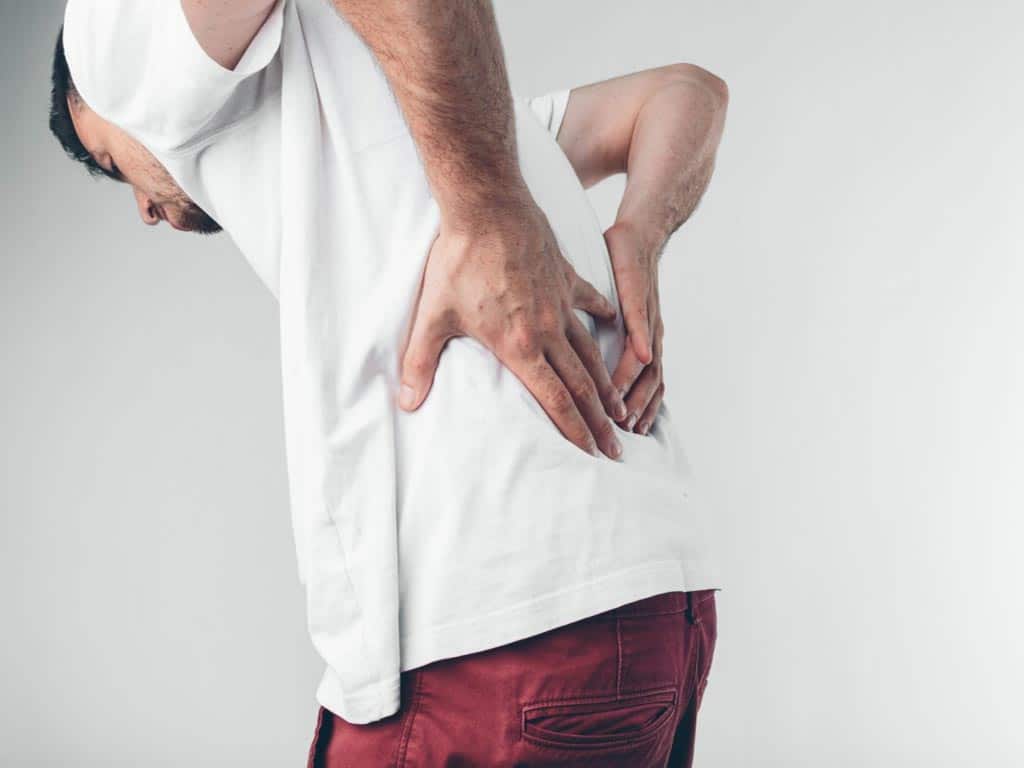
The lower back muscles play a crucial role in supporting the spine and maintaining proper posture. However, it is prone to pain or injuries due to sedentary lifestyles and poor exercise habits. The back anatomy is complex, comprising the spine, muscles, tendons, ligaments, and nerves. They work together to support the upper body and enable a wide range of movements. Individuals can perform exercises like Superman, glute bridge, and planks to strengthen the muscles.
The skeletal muscles can tighten or relax to create movement. Thus, they absorb impact and prevent direct injury to the bones. Incorporating targeted exercises and proper techniques into the fitness routine can help improve the stability of the lower back. It can also help reduce pain from chronic conditions, improving the overall quality of life. In this article, we will focus on the functions of the back muscles and provide practical tips on strengthening them.
Three Main Types Of Lower Back Muscles
The three main types of lower back muscles are the extensor, flexor, and oblique. The extensor muscles are attached to the spine to enable arching of the back. Additionally, they include the large paired muscles called the erector spinae, which hold up the spine and glutes. Accordingly, they are responsible for increasing the angles between the bones.
The second type is the flexor muscles. They are located in front of the spine and enable flexing and bending of the back. However, when the muscles are weak, it creates poor balance, making simple tasks like walking difficult. It may also affect posture and cause pain. Moreover, when weak flexor muscles tighten, it increases the curve in the lumbar region.
Lastly, the oblique muscles are located on the sides of the spine, also known as the waist muscles. They connect the ribs and hips, allowing the spine to rotate and control the pelvis. They also help stabilise the torso and maintain posture. Therefore, the weakening of the back muscles can cause several problems.
Functions
In summary, the functions of the muscles in the back serve the following purposes:
- Support the trunk and coordinate movements.
- Stabilise, rotate, and extend the spinal column.
- Enable movement of the neck, shoulders, and legs.
- Distribute body weight. The lumbar spine transfers the load from the upper body to the legs.
- Maintain proper posture and allow correct breathing techniques.
- Support and protect the spine from sudden or awkward movements.
- Enable the back to bend forward or backward.
- Protect the cauda equina, the nerve roots at the end of the spinal cord. Damage or disorder to these nerves can result in severe problems.

Strengthening Lower Back Muscles With Exercises
Strengthening the lower back muscles through exercises is crucial for maintaining a healthy and stable core. Since the back performs a wide range of functions, it is also prone to muscle strains and pain. Individuals may also experience constant back pain due to degenerative disorders like bulging discs, ankylosing spondylitis, and sciatica. Hence, regular exercises help keep the back strong and flexible.
One popular exercise is the Superman technique. It is effective for all fitness levels, targeting the lower back, gluteal muscles, and hamstrings. To perform this, lie face down on a mat with arms stretched out. Lift both legs and upper body simultaneously, contracting the back muscles. Hold for a few seconds and slowly lower back down.
Another effective routine is the bridge exercise. Start by lying on your back with your knees bent and feet flat on the floor. Lift your hips, creating a straight line from your knees to your shoulders. Squeeze your glutes and hold this position before slowly lowering. Lastly, planks and side planks are excellent for engaging the superficial and deep layers of muscles.
Simple Stretches For The Back
Gentle stretches can also help alleviate back pain. Several yoga poses can help mobilise the spine and improve overall functions. These stretches include cat-cow, child’s pose, and piriformis stretch. Incorporating them with regular exercise routines helps reinforce the core muscles, reducing the risk of injuries. They also boost blood circulation, relieving tension and increasing the range of motion.
Before performing any stretches or aerobic exercises, it is advisable to consult a health professional for guidance. A physical therapist, for example, studies the patient’s medical history to determine the appropriate exercises. Additionally, use proper form and start with lower-intensity exercises to condition the muscles.

Common Injuries to Lower Back Muscles And Their Treatments
Injuries to the lower back muscles are fairly common, especially to those who engage in physically demanding activities. One of the typical conditions is lumbar strain and sprains. This occurs when the muscles, tendons, or ligaments are overstretched or torn. Symptoms include hip pain, muscle spasms, and difficulty moving. Physical therapy may help reduce discomfort and promote healing.
Another common injury is a herniated disc. This occurs when the soft, gel-like centre of the spinal disc protrudes. This can cause severe pain and numbness in the back that may radiate to the legs. Treatment for herniated discs or spinal problems may include heat and ice packs, medications, and TENS therapy. In severe cases, surgery may be necessary.
Treatments may vary depending on the cause of the injury. Muscle spasms can be relieved by rest and cold packs, while massive tears may require a brace to support the spine while it heals. Another pain relief method is Transcutaneous Electrical Nerve Stimulation (TENS). It delivers mild electrical impulses directly to the affected area to block pain signals to the brain.
When To See A Doctor
In general, it is important to seek medical attention if the pain is severe, persistent, and hinders daily activities. Lower back pain necessitates going to a doctor if it is accompanied by leg weakness, unexplained weight loss, and loss of control of the bladder and bowel. These symptoms may indicate serious nerve injury, such as cauda equina syndrome.
Additionally, consult a doctor if the pain is not improving with conservative treatments. Furthermore, sudden accidents or injuries are a medical emergency requiring immediate care. It includes broken bones, swelling, and bruises. Delaying treatments or ignoring the symptoms may lead to complications and potentially permanent damage.
Conclusion
The lower back muscles provide numerous benefits to everyday activities, from sitting to running. Strong muscles give spine stability and protection from potential injuries. However, when they are sore or injured, it can lead to various types of pain and discomfort. Thus, it is advisable to engage in regular exercise and stretching to increase core strength and balance. However, they should be done in a controlled manner to prevent further harm or damage.
Individuals with muscle strain or chronic conditions can manage pain through several strategies. The common methods are taking analgesics, heat and cold therapy, TENS, and exercises for the back. Many people use home remedies first to relieve the symptoms. However, if the pain persists or does not respond to home treatments, it is vital to seek medical attention. A doctor may run tests to give the right diagnosis and recommend proper treatment methods.







